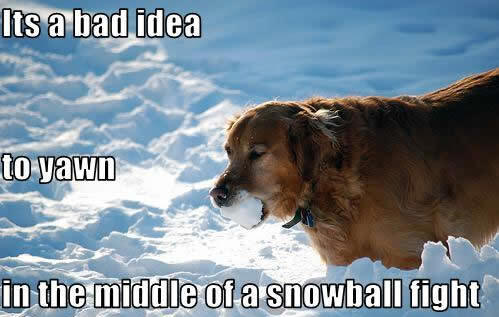The Snow Ball (Page One)

Did you know? - A snow ball is a spherical object made from snow, usually created by scooping snow with the hands, and compacting it into a roughly fist-sized ball. The snowball is often used to engage in games, such as snowball fights. Snowball fights are usually light-hearted and involve throwing snowballs at one's friends or family.
The pressure exerted by the hands on the snow is a determinant for the final result. Reduced pressure leads to a light and soft snowball. A higher pressure causes the snow to melt, turning into liquid water. Once the pressure is removed, the water turns again into ice, leading to a more compact and hard snowball called an iceball, which eventually can be considered harmful during a snowball fight. The process of melting and refreezing is called regelation.

We are on television
Good Evening... Ready To Dance???
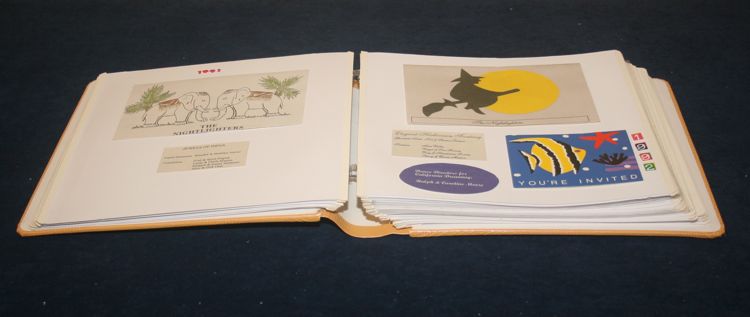
Previous dances on display... Halloween 1999
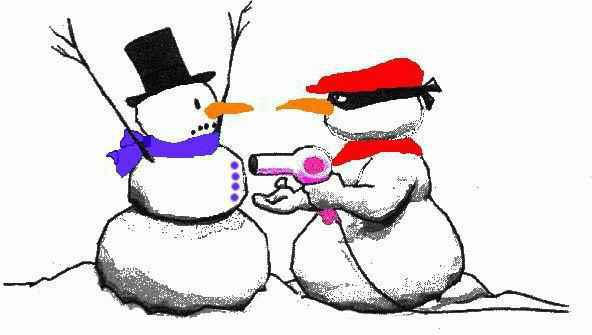
What's the hold up... Let's dance!

Some assembly required - Batteries NOT required, we have humans!
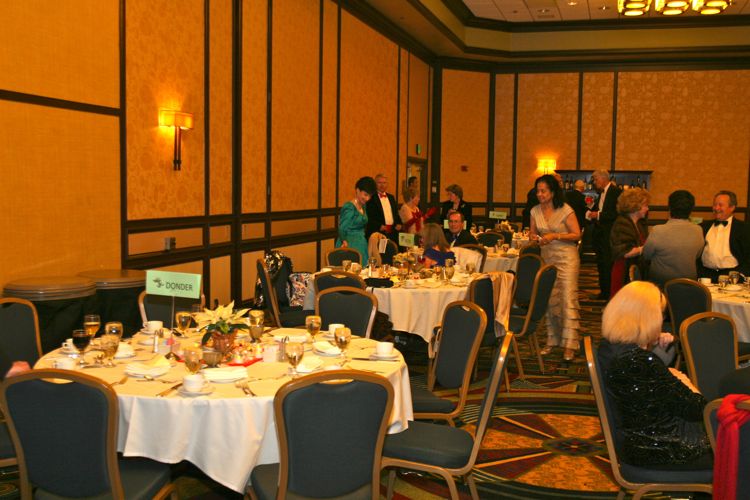
The tables were named after the eight reindeer

Clement Clarke Moore, who is
generally considered to be the
author of A Visit from St. Nicholas
Did you know? - Santa Claus's reindeer are a team of flying reindeer traditionally held to pull the sleigh of Santa Claus and help him deliver Christmas gifts. The commonly cited names of the reindeer are Dasher and Dancer, Prancer and Vixen, Comet and Cupid, and Donder and Blitzen.
They are based on those used in the 1823 poem A Visit from St. Nicholas, arguably the basis of reindeer's popularity as Christmas symbols, where Donder and Blitzen were originally called Dunder and Blixem respectively.
"A Visit from St. Nicholas", also known as "The Night Before Christmas" and "'Twas the Night Before Christmas" from its first line, is a poem first published anonymously in 1823 and generally attributed to Clement Clarke Moore, although the claim has also been made that it was written by Henry Livingston, Jr.
The poem, which has been called "arguably the best-known verses ever written by an American", is largely responsible for the conception of Santa Claus from the mid-nineteenth century to today, including his physical appearance, the night of his visit, his mode of transportation, the number and names of his reindeer, as well as the tradition that he brings toys to children. Prior to the poem, American ideas about St. Nicholas and other Christmastide visitors varied considerably. The poem has influenced ideas about St. Nicholas and Santa Claus beyond the United States to the rest of the English-speaking world and beyond. ~Wikipedia

Eileen gets her camera ready for the evening

It's going to be a cool evening
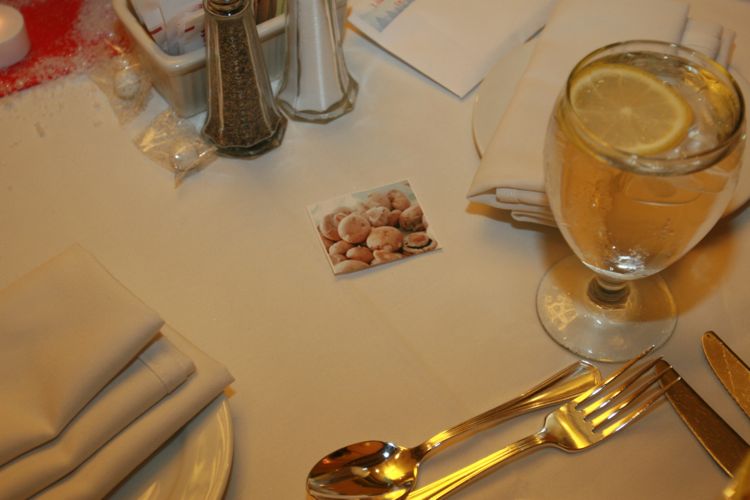
The vegetarians had a neat picture... Mushrooms!
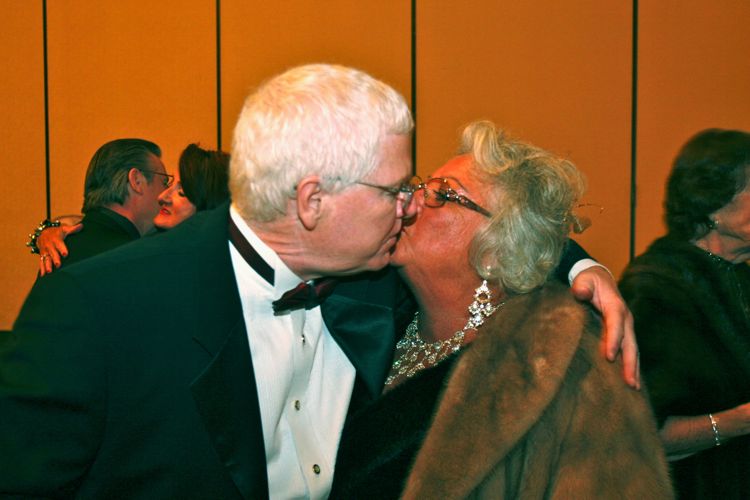
Angel greets the President... Being President has it's benefits

The tables were beautiful complete with candles and candy!
The Christmas Tree In The Corner Was A Busy Place

Tom and Kathy Berg

People are so creative
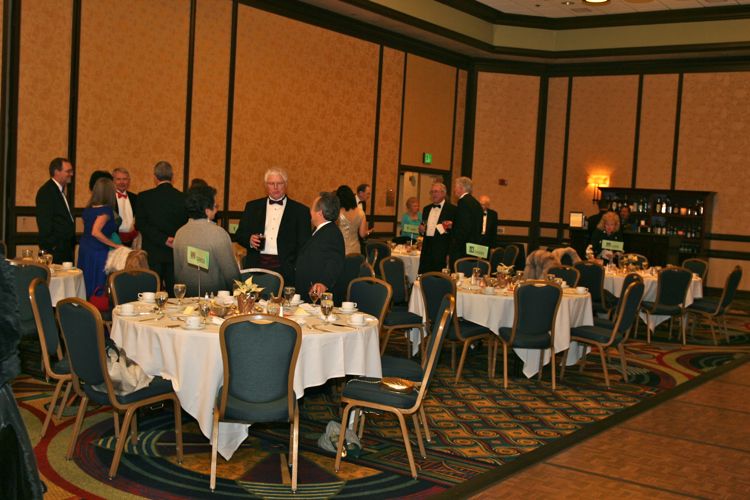
Serious visiting underway
Did you know? - The "Unknown Reindeer"
The game show contestant was only 200 points behind the leader and about to answer the final question - worth 500 points!
"To be today's champion," the show's smiling host intoned, "name two of Santa's reindeer."
The contestant, a man in his early thirties, gave a sigh of relief, gratified that he had drawn such an easy question. "Rudolph!" he said confidently, "and, ...Olive!"
The studio audience started to applaud (like the little sign above their heads said to do,) but the clapping quickly faded into mumbling, and the confused host replied, "Yes, we'll accept Rudolph, but could you please explain... 'Olive?!?'"
"You know," the man circled his hand forward impatiently and began to sing, "Rudolph the Red Nosed Reindeer - had a very shiny nose. And if you ever saw it, you would even say it glowed. *Olive,* the other reindeer..."

The "Donders"

Red seems to be the color of choice this evening

Red is any of a number of similar colors evoked by light consisting predominantly of the longest wavelengths of light discernible by the human eye, in the wavelength range of roughly 630–740 nm. Longer wavelengths than this are called infrared (below red), and cannot be seen by the naked human eye. Red is used as one of the additive primary colors of light, complementary to cyan, in RGB color systems. Red is also one of the subtractive primary colors of RYB color space but not CMYK color space.
The word red comes from the Old English rēad. Further back, the word can be traced to the Proto-Germanic rauthaz and the Proto-Indo European root reudh-. In Sanskrit, the word rudhira means red or blood. In the English language, the word red is associated with the color of blood, certain flowers (e.g. roses), and ripe fruits (e.g. apples, cherries). Fire is also strongly connected, as is the sun and the sky at sunset. Healthy light-skinned people are sometimes said to have a "ruddy" complexion (as opposed to appearing pale). After the rise of socialism in the mid-19th century, red was used to describe revolutionary movements.
Let The Dancing Begin
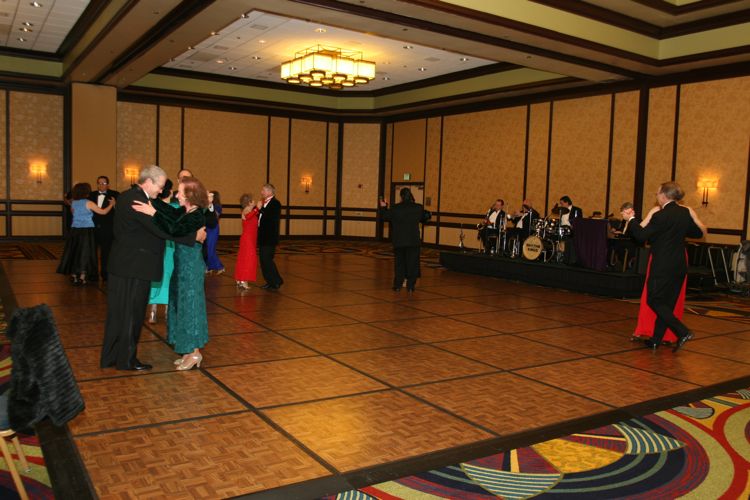
The dance floor was a great size this evening
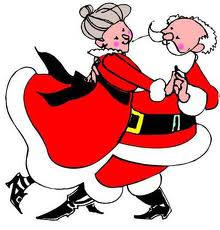



All dance!

Dinner Is Served... Time To Get The Pictures...
Standby... Here comes great food and the camera! We went to each of the eight tables and captured the members and guests.
Table #1 - Donder
![]()


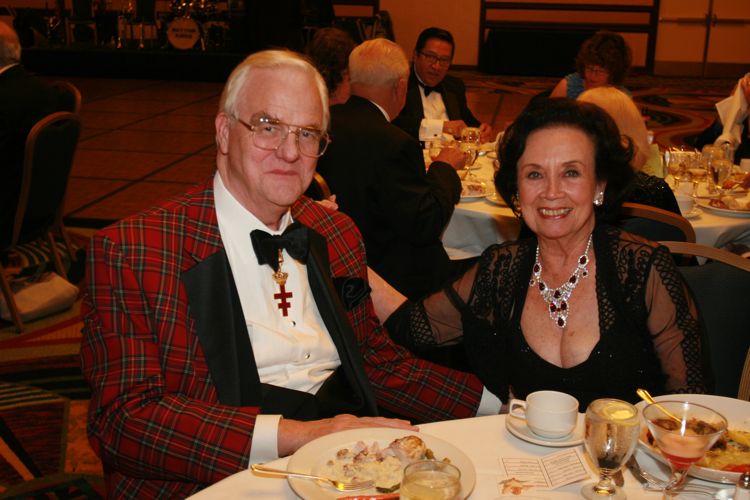
The Handsons
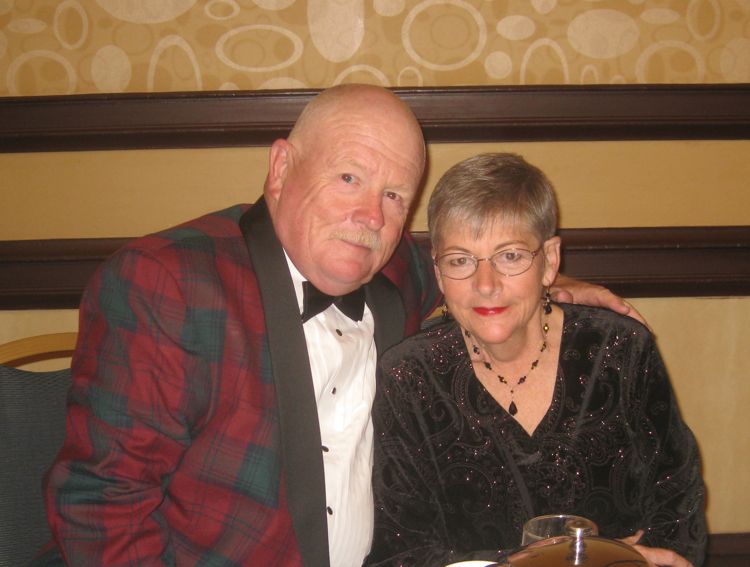
Paul and Sue Liles
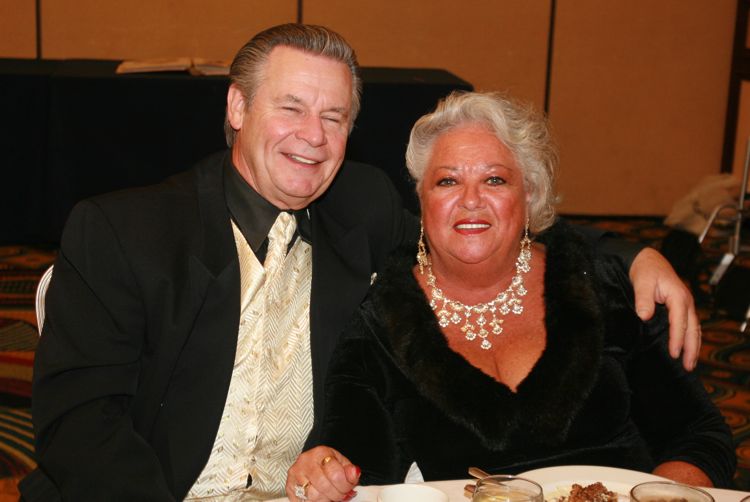
Angel keeps the table laughing!
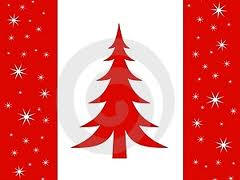


Table #2- Prancer
![]()
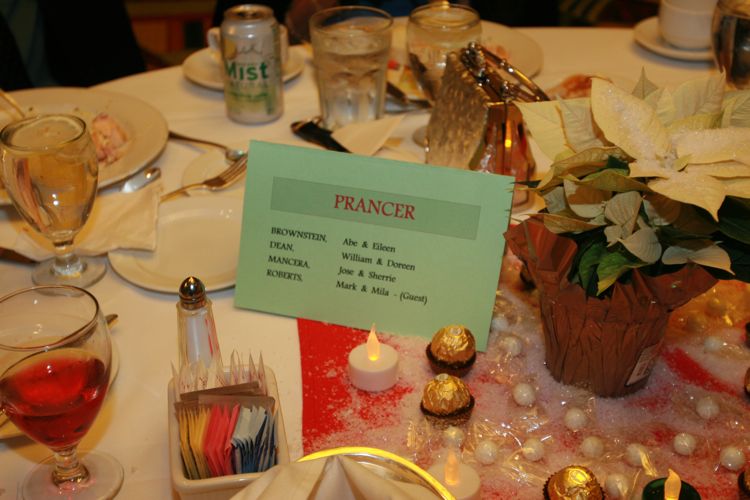
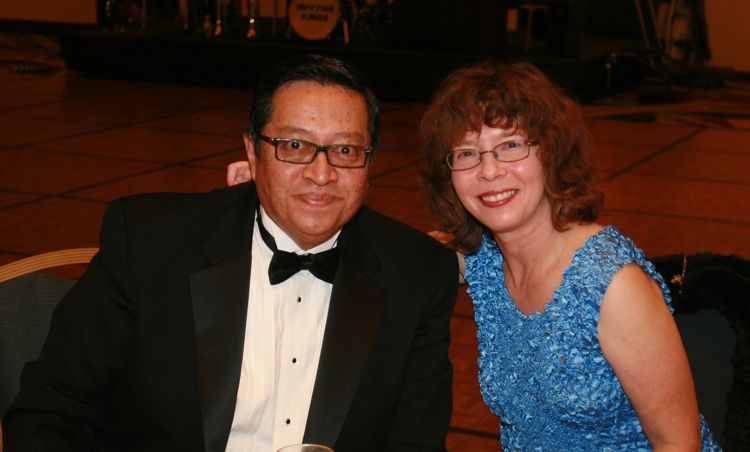
Jose and Sherrie Mancera
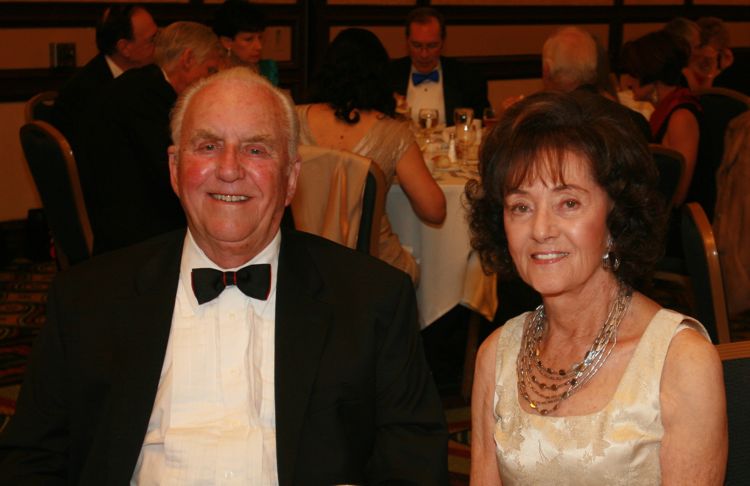
Bill and Doreen Dean
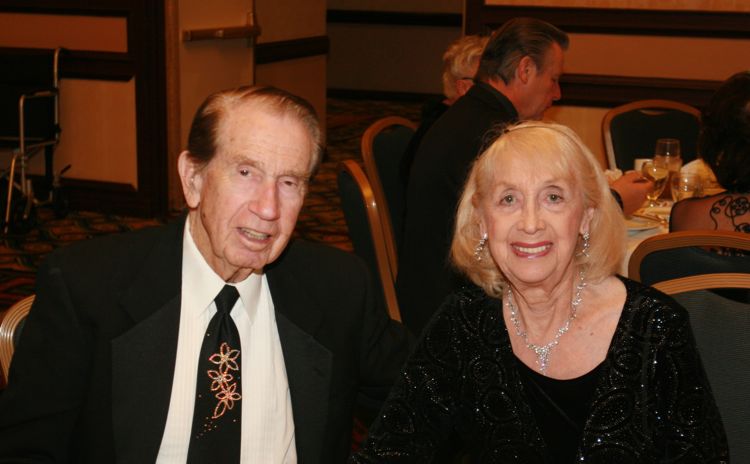
Abe and Eileen Brownstein
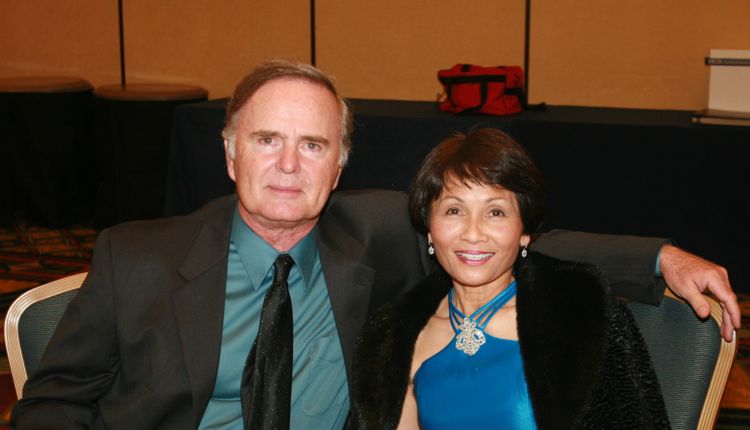
Mark and Mila Roberts (Guests)
Table #3 - Dancer
![]()
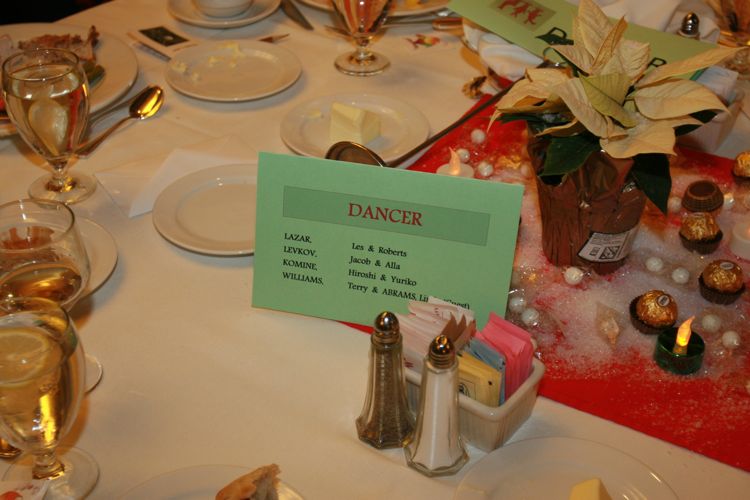




Table #4 - Blitzen (Blixem/Bliksem)
![]()
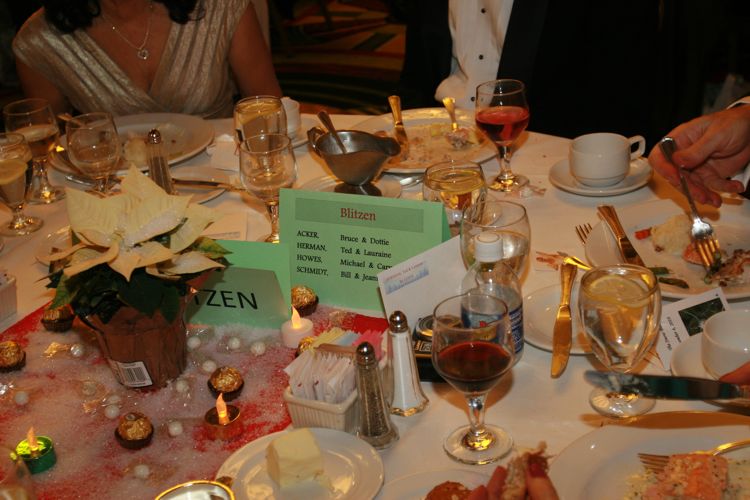

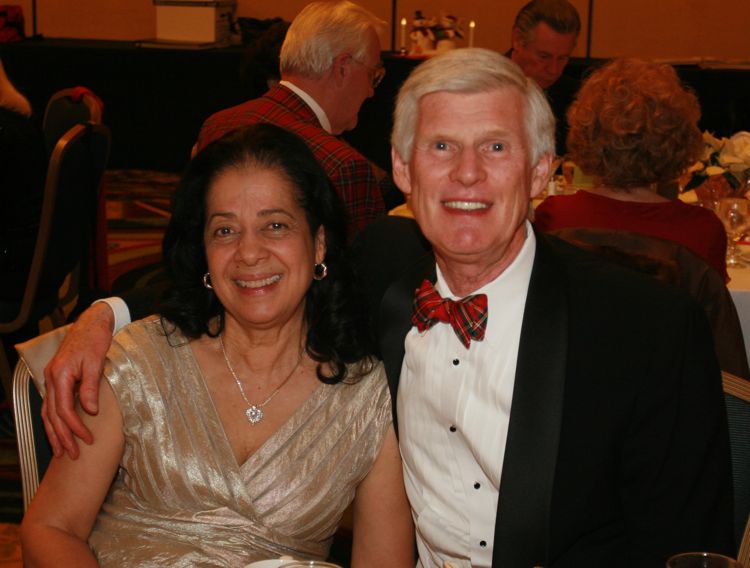
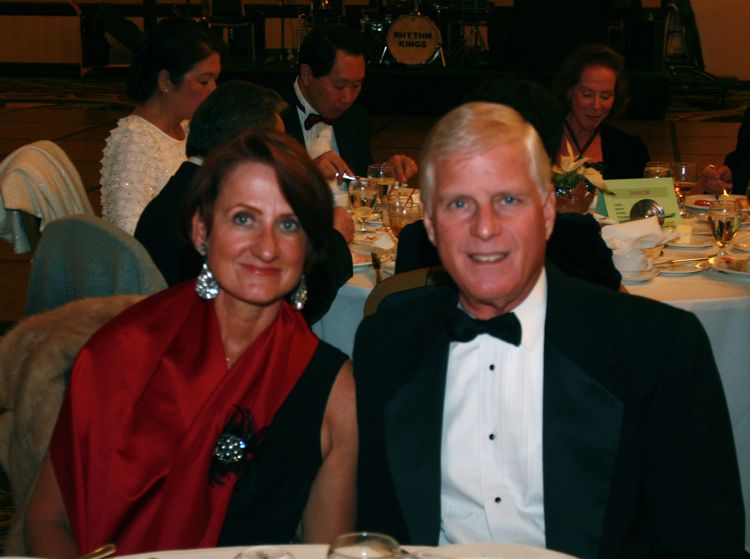

Table #5 - Vixen
![]()
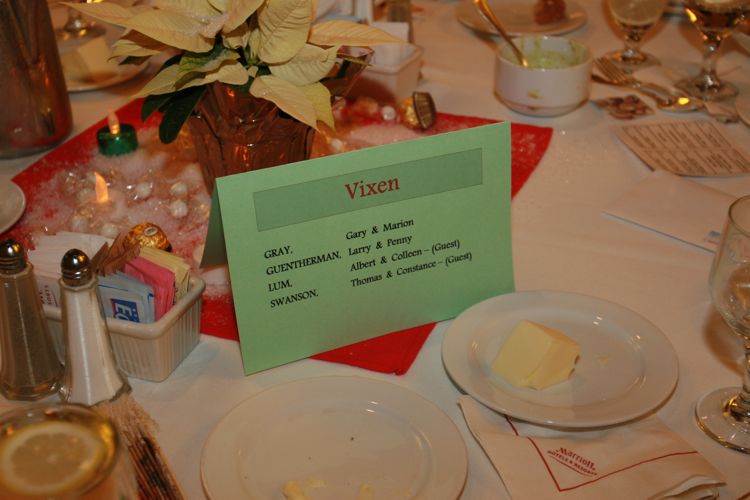





We love it when the photographer gets a hand!
Table #6 - Dasher
![]()


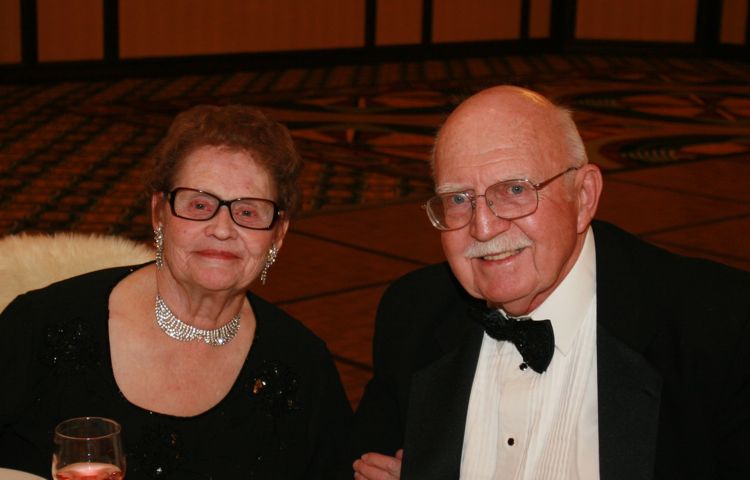
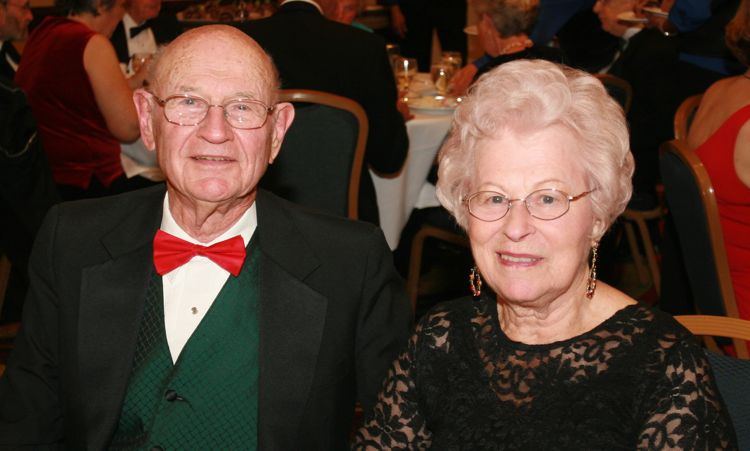

Table #7 - Cupid
![]()
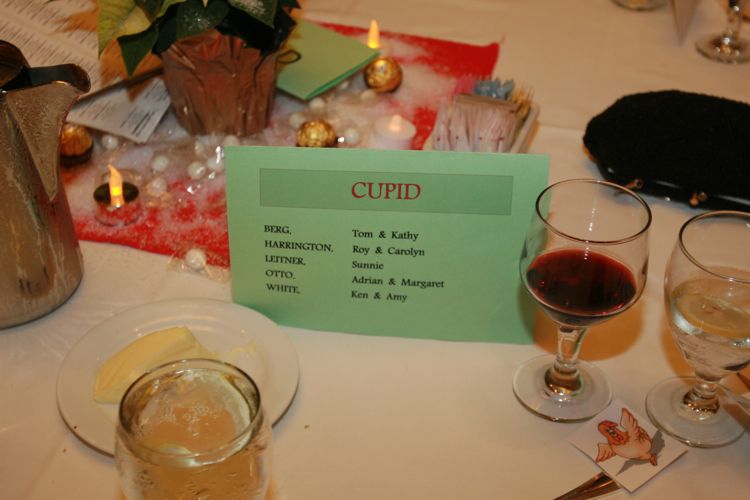
Did you know? - In the Roman version, Cupid was the son of Venus (goddess of love) and variously Mars, Mercury or Jupiter. In the Greek version he was named Eros and seen as one of the primordial gods (though other myths exist as well). Cupid was often depicted with wings, a bow, and a quiver of arrows. The following story is almost identical in both cultures; the most familiar version is found in Lucius Apuleius's Metamorphoses. When Cupid's mother Venus became jealous of the princess Psyche, who was so beloved by her subjects that they forgot to worship Venus, she ordered Cupid to make Psyche fall in love with the vilest thing in the world. While Cupid was sneaking into her room to shoot Psyche with a golden arrow, he accidentally scratches himself with his own arrow and falls deeply in love with her.
Following that, Cupid visited Psyche every night while she slept. Speaking to her so that she could not see him, he told her never to try to see him. Psyche, though, incited by her two older sisters who told her Cupid was a monster, tried to look at him and angered Cupid. When he left, she looked all over the known world for him until at last the leader of the gods, Jupiter, gave Psyche the gift of immortality so that she could be with him. Together they had a daughter, Voluptas, or Hedone, (meaning pleasure) and Psyche became a goddess. Her name "Psyche" means "soul."

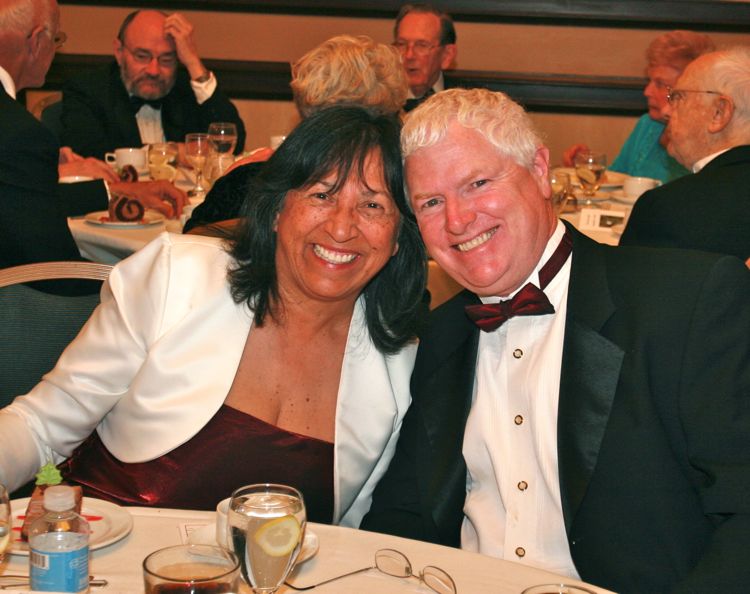
Amy and Ken White

Tom and Kathy Berg
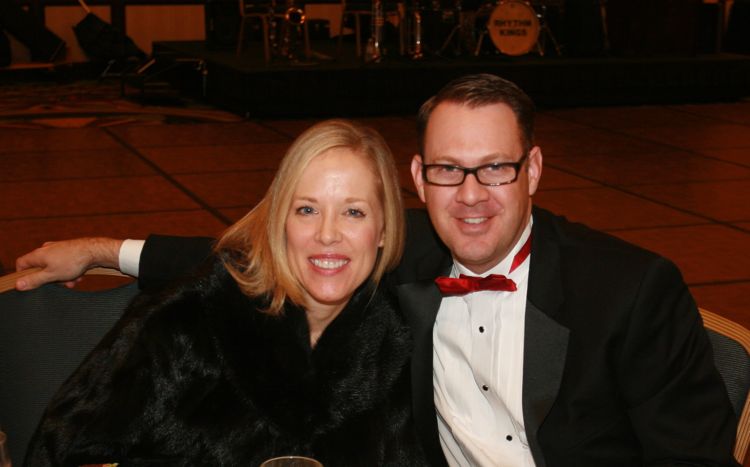
Adrian and Margaret Otto

Lucky and Caroolyn Harrington
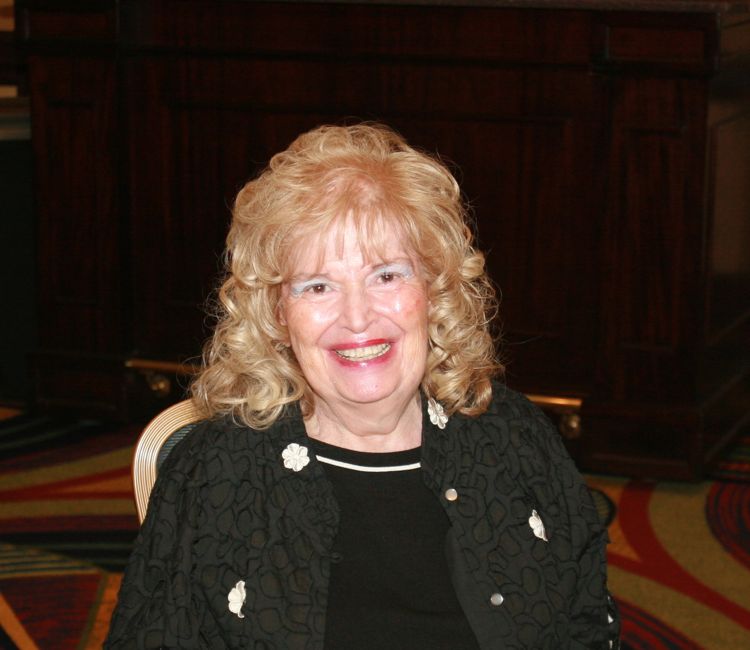 Sunnie
Sunnie
Table #8 - Comet
![]()
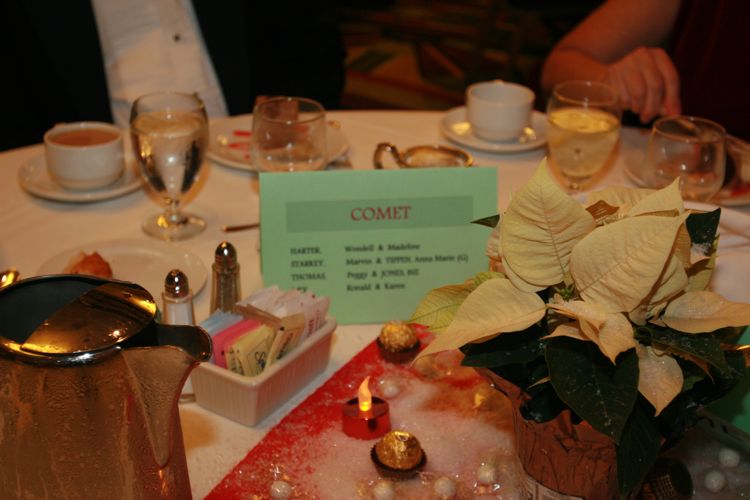
Did you know? - The word comet came to English by way of the Latin word cometes. This word, in turn, came from the Greek word κόμη, which means "hair of the head". The Greek scientist and philosopher Aristotle first used the derived form of κόμη, κομήτης, to describe what he saw as "stars with hair." The astronomical symbol for comets consists of a small disc with three hairlike extensions.
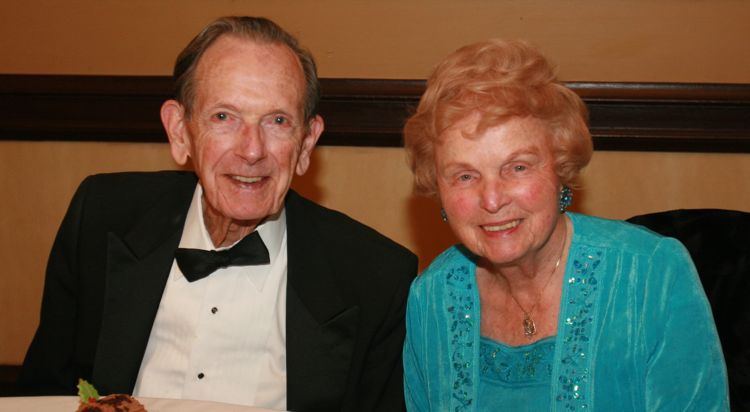
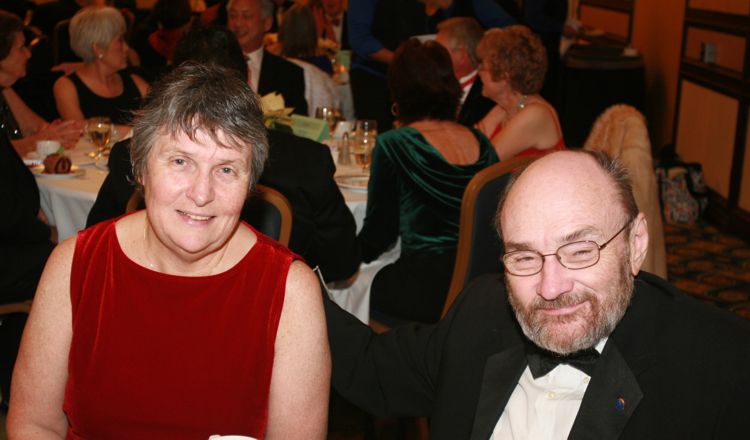
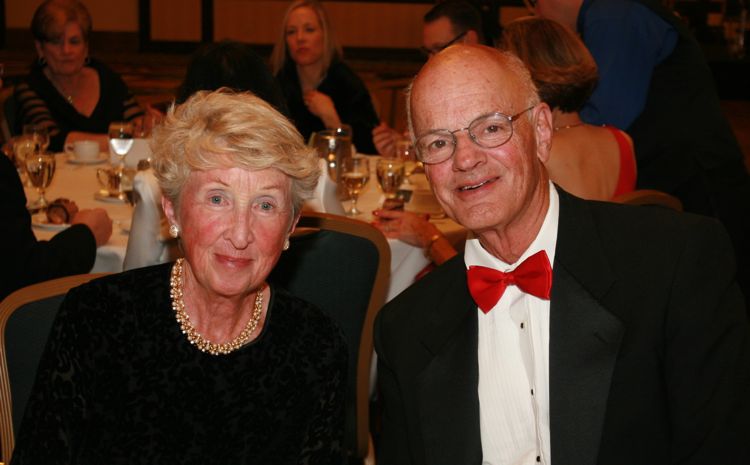

Desert Is On Its Way But Its Ok Because...
Did You Know? - Facts aboutg eating desert:
1. If no one sees you eat it, it has no calories
2. If you drink a diet soda with a candy bar, they cancel each other out
3. If you eat standing up, it doesn't count!
4. STRESSED is just DESSERTS spelled backwards
5. If you eat the food off someone else's plate, it doesn't count
6, Cookie pieces contain no calories because the process of breakage cause calorie leakage
7. Food used for medicinal purposes have no calories. This includes: any chocolate used for energy, brandy, cheesecake, and Haagen-Daz Ice Cream
8. When eating with someone else, calories don't count if you both eat the same amount
9. Movie-related foods are much lower in calories simply because they are a part of the entertainment experience and not part of one's personal fuel. This includes: Milk Duds, popcorn with butter, Junior Mints, Snickers, and Gummi Bears.


Did you know? - The term "Yule log" is not the only term used to refer to the custom. In the north-east of England it was commonly called a "Yule Clog",[and in the country's Midlands and West Country, the term "Yule Block" was also used. In the county of Lincolnshire, the term "Gule Block" was found, and in Cornwall, the term "Stock of the Mock" was as well.
In other parts of the British Isles, different terms were used, for instance in Wales, the log was often referred to as Y Bloccyn Gwylian, meaning "the Festival Block", whilst in Scotland, Yeel Carline (meaning "the Christmas Old Wife") was used, and in Ireland, the term, Bloc na Nollaig, which meant "the Christmas Block", was used.
The Yule log was originally an entire tree, that was carefully chosen and brought into the house with great ceremony with the purpose being to provide maximum warmth and endurance. In some European traditions, the largest end of the log would be placed into the fire hearth while the rest of the tree stuck out into the room. While references are anecdotal, it seems to be a tradition that morphed into early European Christian tradition of the Twelve Days of Christmas.
Within 20th century Europe and North America was predominantly a reference to the burning of the largest log possible at or around Christmas
It Is The Season

Did you know? - The word autumn comes from the Old French word autompne (spelled automne in modern French), and was later normalised to the original Latin word autumnus. There are rare examples of its use as early as the 12th century, but it became common by the 16th century.
Before the 16th century, harvest was the term usually used to refer to the season. However, as more people gradually moved from working the land to living in towns (especially those who could read and write, the only people whose use of language we now know), the word harvest lost its reference to the time of year and came to refer only to the actual activity of reaping, and autumn, as well as fall, began to replace it as a reference to the season.
TThe alternative word fall is now mostly a North American English word for the season. It traces its origins to old Germanic languages. The exact derivation is unclear, the Old English fiæll or feallan and the Old Norse fall all being possible candidates. However, these words all have the meaning "to fall from a height" and are clearly derived either from a common root or from each other. The term came to denote the season in 16th century England, a contraction of Middle English expressions like "fall of the leaf" and "fall of the year".
During the 17th century, English emigration to the British colonies in North America was at its peak, and the new settlers took the English language with them. While the term fall gradually became obsolete in Britain, it became the more common term in North America, where autumn is nonetheless preferred in scientific and often in literary contexts.

Did You Know? - A snowball may also be a large ball of snow formed by rolling a smaller snowball on a snow-covered surface. The smaller snowball grows by picking up additional snow as it rolls. The terms "snowball effect" and "snowballing" are named after this process. This technique is often used to create snowme.
